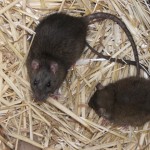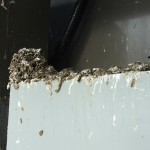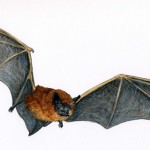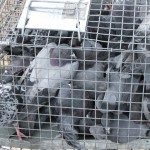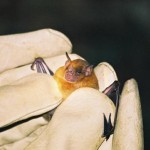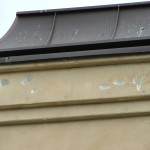 We are going out of our mind, furious about the woodpeckers destroying our house. It’s one of those situations that starts out mildly annoying, and then grows into a much bigger problem as we just tried to ignore the issue. My husband and I built this home in Utah in 2001, and we built it in one of those beautiful Utah towns that’s close enough to Salt Lake City, but far enough away for that country feel. In fact, we’re close to a bird sanctuary and wet lands, so we’ve loved the variety of wildlife we get to see right in our own yard. Usually.
We are going out of our mind, furious about the woodpeckers destroying our house. It’s one of those situations that starts out mildly annoying, and then grows into a much bigger problem as we just tried to ignore the issue. My husband and I built this home in Utah in 2001, and we built it in one of those beautiful Utah towns that’s close enough to Salt Lake City, but far enough away for that country feel. In fact, we’re close to a bird sanctuary and wet lands, so we’ve loved the variety of wildlife we get to see right in our own yard. Usually.
A few years ago, we were woken by a knocking on the outside wall. We looked out and were at first charmed to see a beautiful woodpecker perched on our stucco siding. Then, we watched it as it drilled a hole right into the stucco. We chased it off, only to have it return several more times that day. Since then, it’s been a nightmare. Every single year, at least two woodpeckers descend on our home. We spray for bugs, and not one of our neighbors has a woodpecker problem, just us. Lucky us.
My husband keeps a BB gun around just to scare them off. We’ve put up the fake owl. We’ve decorated the back of our house with ugly pie tins and old CDs (thanks for nothing, Pinterest). Nothing has scared them off. They just keep coming. We put off repairing the stucco until we could figure out how to get rid of the woodpeckers for good. Big mistake. Now we have water damage on the inside of our walls thanks to those irritating woodpeckers. I’m scared of going into the attic space, because I’m wondering what bugs or other critters have come in through those woodpecker holes. And, I still have absolutely no idea what’s attracting those woodpeckers to our house anyway. Plus, woodpeckers in Utah, like all wild birds with the exception of a few, are protected under federal laws. So, we can’t kill ‘em, much as we’d like to.
I’m at my wit’s end. Tired of hearing the bold woodpeckers destroying my house. Sick of worrying about water damage from woodpecker holes. And, I hate having to repair the walls just to have the woodpeckers come back and cause more damage. Time to bring in the professionals, because I’m about ready to actually aim that BB gun right on those birds, laws or no laws, and I’m not paying fines or risking prosecution for woodpeckers!
